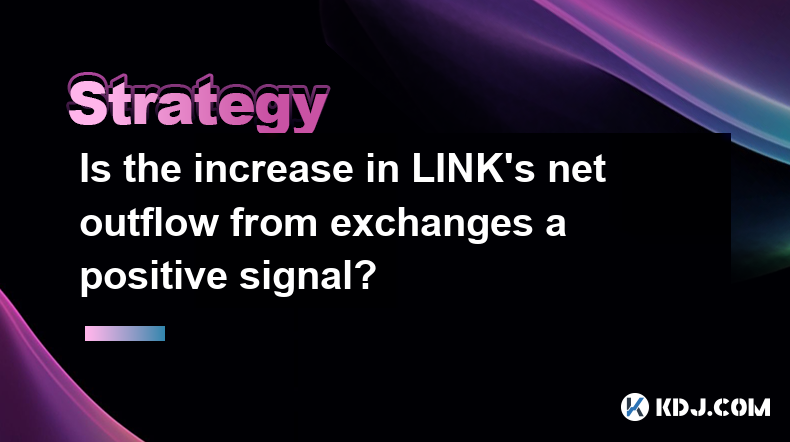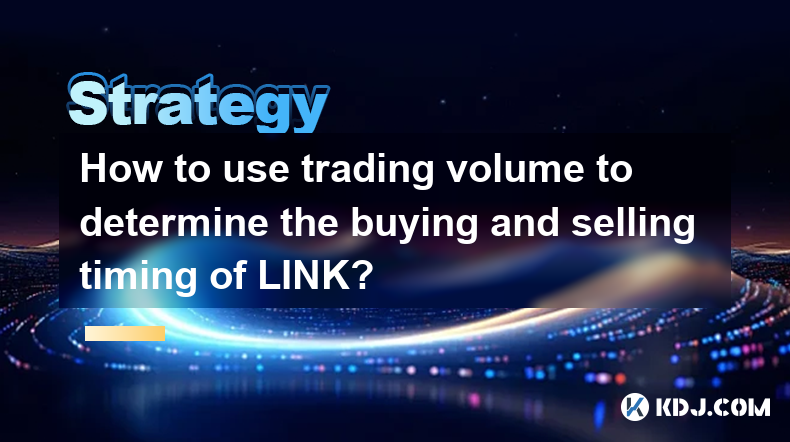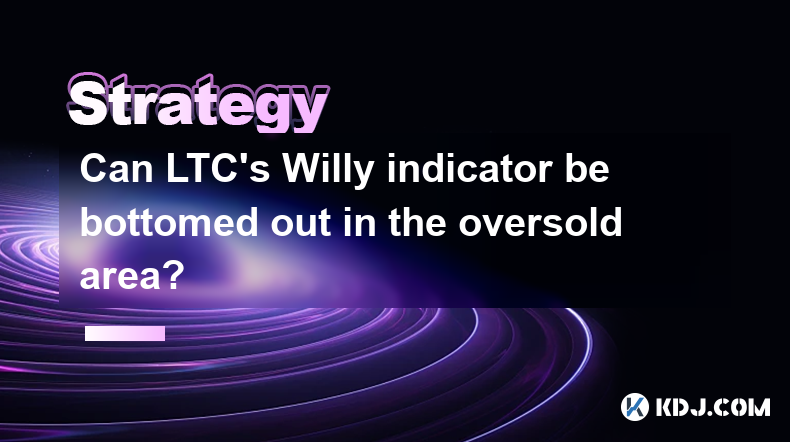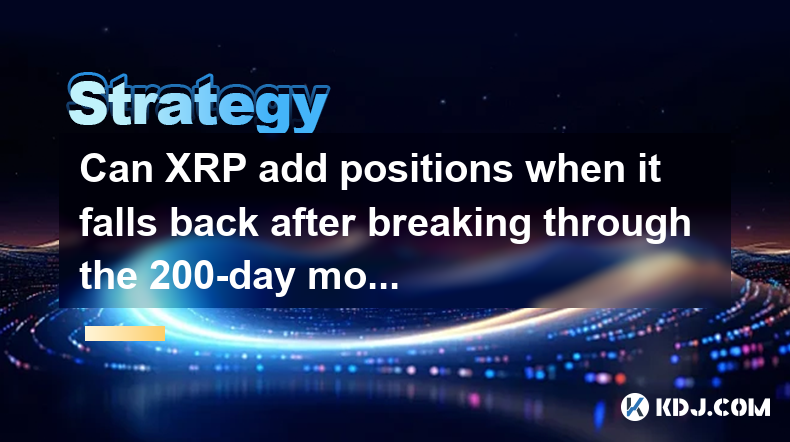-
 Bitcoin
Bitcoin $94,347.6172
0.61% -
 Ethereum
Ethereum $1,809.4153
1.39% -
 Tether USDt
Tether USDt $1.0003
0.00% -
 XRP
XRP $2.2108
0.44% -
 BNB
BNB $604.2399
-0.48% -
 Solana
Solana $149.5086
-3.21% -
 USDC
USDC $1.0000
-0.01% -
 Dogecoin
Dogecoin $0.1832
0.66% -
 Cardano
Cardano $0.7182
0.12% -
 TRON
TRON $0.2501
2.95% -
 Sui
Sui $3.5265
-3.39% -
 Chainlink
Chainlink $14.9717
-1.22% -
 Avalanche
Avalanche $22.2066
-1.02% -
 Stellar
Stellar $0.2937
3.46% -
 Shiba Inu
Shiba Inu $0.0...01443
1.43% -
 UNUS SED LEO
UNUS SED LEO $9.0853
-1.79% -
 Hedera
Hedera $0.1934
-1.49% -
 Toncoin
Toncoin $3.2467
0.20% -
 Bitcoin Cash
Bitcoin Cash $362.9711
-1.66% -
 Polkadot
Polkadot $4.2785
-0.39% -
 Litecoin
Litecoin $86.9974
1.92% -
 Hyperliquid
Hyperliquid $17.8467
-5.22% -
 Dai
Dai $1.0000
0.00% -
 Bitget Token
Bitget Token $4.4422
-0.68% -
 Ethena USDe
Ethena USDe $0.9995
-0.01% -
 Pi
Pi $0.6482
-0.82% -
 Monero
Monero $228.7092
-0.17% -
 Pepe
Pepe $0.0...09399
4.63% -
 Uniswap
Uniswap $5.8838
-0.19% -
 Aptos
Aptos $5.6003
0.56%
How much money is needed to invest in virtual currency
To determine the appropriate investment amount for virtual currency, consider financial objectives, set a realistic budget based on disposable income, conduct thorough research and due diligence to assess risks and potential returns, diversify investments across different assets, start small to gain experience, and monitor regularly to adapt to market dynamics.
Jan 09, 2025 at 06:27 pm

Key Points:
- Determine Investment Objectives
- Set a Realistic Budget
- Research and Due Diligence
- Diversify Investments
- Start Small and Monitor Regularly
How Much to Invest in Virtual Currency
Investing in virtual currency can be a complex and potentially risky endeavor. The amount of money required to invest depends on several factors, including individual investment goals, financial situation, and risk tolerance. While there is no definitive answer, this guide will provide a comprehensive exploration of the considerations involved in determining the appropriate investment amount.
1. Determine Investment Objectives
The first step is to clearly define investment goals. Are you aiming for short-term gains, long-term growth, or diversification? Different objectives require different investment strategies and may influence the amount you need to invest.
Setting Investment Objectives:
- Short-term gains: Invest higher amounts to potentially capitalize on market fluctuations.
- Long-term growth: Invest smaller amounts consistently to build a portfolio over time.
- Diversification: Allocate a portion of an existing portfolio to virtual currency for diversification.
2. Set a Realistic Budget
Investing in virtual currency should not come at the expense of financial stability. Set a realistic budget that aligns with your income, expenses, and savings goals. Consider allocating a portion of disposable income, such as a percentage of monthly earnings.
Setting a Realistic Budget:
- Avoid investing more than you can afford to lose.
- Consider both potential gains and losses.
- Prioritize essential financial obligations over investments.
3. Research and Due Diligence
Once a budget is established, conduct thorough research on different virtual currencies. This includes understanding the underlying technology, market capitalization, team behind the project, and potential use cases. Avoid investing in projects that lack transparency or have questionable foundations.
Conducting Research and Due Diligence:
- Read whitepapers and visit project websites.
- Join virtual currency communities and forums.
- Seek advice from experienced investors or financial professionals.
4. Diversify Investments
Diversification is a crucial risk management strategy. Instead of concentrating investments in a single virtual currency, spread them across a portfolio of different assets. This helps mitigate volatility and potential losses in one project.
Diversifying Investments:
- Invest in a mix of established currencies like Bitcoin (BTC) and Ethereum (ETH), and emerging altcoins.
- Consider different sectors within the virtual currency space, such as DeFi, NFTs, and stablecoins.
5. Start Small and Monitor Regularly
Begin investing with a small amount that aligns with your comfort level. Avoid making large investments until you have gained experience and a better understanding of the market. Regularly monitor investments and adjust as needed based on market conditions and your objectives.
Starting Small and Monitoring Regularly:
- Start with a small investment that you can tolerate losing.
- Set up price alerts and regularly review market trends.
- Rebalance your portfolio as market dynamics change.
FAQs
What are the risks of investing in virtual currency?
- Volatility: Virtual currency prices can fluctuate significantly, leading to potential losses.
- Security risks: Exchanges and wallets can be hacked, resulting in lost funds.
- Regulatory uncertainty: The legal and regulatory landscape surrounding virtual currency is constantly evolving.
How do I choose a virtual currency to invest in?
- Consider factors such as market capitalization, team experience, technology, and potential use cases.
- Diversify investments across different virtual currencies to manage risk.
How much time should I spend on virtual currency investments?
- The time spent on investments depends on individual involvement and objectives.
- Stay informed about market trends and news, but avoid excessive trading.
- Long-term investors may need to spend less time on monitoring compared to short-term traders.
Is it too late to invest in virtual currency?
- The virtual currency market is constantly evolving, and it's never too late to invest.
- However, it's important to start with a realistic understanding of risks and potential returns.
Disclaimer:info@kdj.com
The information provided is not trading advice. kdj.com does not assume any responsibility for any investments made based on the information provided in this article. Cryptocurrencies are highly volatile and it is highly recommended that you invest with caution after thorough research!
If you believe that the content used on this website infringes your copyright, please contact us immediately (info@kdj.com) and we will delete it promptly.
- PEPE Coin Price Prediction: Technical Analysis Reveals 'Cup and Handle' Pattern Targeting $0.00001400
- 2025-04-26 18:15:13
- Top 7 Altcoins to Watch in 2025: New Projects, Upgrades, and Trends
- 2025-04-26 18:15:13
- It's Altcoin Season and RUVI Is on Fire
- 2025-04-26 18:10:13
- Bitcoin (BTC) ETF Inflows Surge This Week, Attracting $2.68 Billion in New Investments
- 2025-04-26 18:10:13
- Despite U.S. President Donald Trump's announcement of a dinner event for Official Trump (TRUMP) token holders, the market has seen a significant sell-off.
- 2025-04-26 18:05:13
- 3 Altcoins That Can Increase Significantly in May, Outpacing BTC
- 2025-04-26 18:05:13
Related knowledge

What does the surge in SOL's cross-chain bridge inflows represent?
Apr 25,2025 at 09:00am
The recent surge in SOL's cross-chain bridge inflows represents a significant trend within the cryptocurrency ecosystem, particularly for Solana (SOL). This phenomenon highlights increased activity and interest in moving assets from other blockchains to Solana, indicating growing confidence in its network and ecosystem. Cross-chain bridges are essential...

Is the increase in LINK's net outflow from exchanges a positive signal?
Apr 24,2025 at 02:35pm
The recent increase in LINK's net outflow from exchanges has sparked discussions within the cryptocurrency community about its implications for the token's future performance. LINK, the native token of the Chainlink decentralized oracle network, has seen a notable shift in its net outflow from exchanges, which many interpret as a positive signal. This a...

Is LTC's UTXO age distribution useful for judging buying and selling points?
Apr 23,2025 at 05:42pm
Is LTC's UTXO age distribution useful for judging buying and selling points? Understanding the UTXO (Unspent Transaction Output) age distribution of Litecoin (LTC) can provide valuable insights into the behavior of its holders and potentially help in making informed decisions about buying and selling points. The UTXO age distribution refers to the age o...

How to use trading volume to determine the buying and selling timing of LINK?
Apr 25,2025 at 02:07am
How to Use Trading Volume to Determine the Buying and Selling Timing of LINK? Trading volume is a crucial metric in the cryptocurrency market that can provide valuable insights into the buying and selling behavior of traders. When it comes to Chainlink (LINK), understanding how to analyze trading volume can help you make more informed decisions about wh...

Can LTC's Willy indicator be bottomed out in the oversold area?
Apr 24,2025 at 01:43pm
Understanding the Willy IndicatorThe Willy indicator, also known as the Willy ratio, is a technical analysis tool used in the cryptocurrency market to gauge the sentiment of a particular asset, in this case, Litecoin (LTC). It is calculated by dividing the total trading volume of an asset by its market capitalization. The resulting ratio helps traders u...

Can XRP add positions when it falls back after breaking through the 200-day moving average?
Apr 25,2025 at 04:49pm
The question of whether to add positions to XRP after it breaks through the 200-day moving average and subsequently falls back is a common dilemma faced by many cryptocurrency traders. The 200-day moving average is a widely recognized technical indicator used to assess the long-term trend of an asset. When XRP breaks above this level, it is often seen a...

What does the surge in SOL's cross-chain bridge inflows represent?
Apr 25,2025 at 09:00am
The recent surge in SOL's cross-chain bridge inflows represents a significant trend within the cryptocurrency ecosystem, particularly for Solana (SOL). This phenomenon highlights increased activity and interest in moving assets from other blockchains to Solana, indicating growing confidence in its network and ecosystem. Cross-chain bridges are essential...

Is the increase in LINK's net outflow from exchanges a positive signal?
Apr 24,2025 at 02:35pm
The recent increase in LINK's net outflow from exchanges has sparked discussions within the cryptocurrency community about its implications for the token's future performance. LINK, the native token of the Chainlink decentralized oracle network, has seen a notable shift in its net outflow from exchanges, which many interpret as a positive signal. This a...

Is LTC's UTXO age distribution useful for judging buying and selling points?
Apr 23,2025 at 05:42pm
Is LTC's UTXO age distribution useful for judging buying and selling points? Understanding the UTXO (Unspent Transaction Output) age distribution of Litecoin (LTC) can provide valuable insights into the behavior of its holders and potentially help in making informed decisions about buying and selling points. The UTXO age distribution refers to the age o...

How to use trading volume to determine the buying and selling timing of LINK?
Apr 25,2025 at 02:07am
How to Use Trading Volume to Determine the Buying and Selling Timing of LINK? Trading volume is a crucial metric in the cryptocurrency market that can provide valuable insights into the buying and selling behavior of traders. When it comes to Chainlink (LINK), understanding how to analyze trading volume can help you make more informed decisions about wh...

Can LTC's Willy indicator be bottomed out in the oversold area?
Apr 24,2025 at 01:43pm
Understanding the Willy IndicatorThe Willy indicator, also known as the Willy ratio, is a technical analysis tool used in the cryptocurrency market to gauge the sentiment of a particular asset, in this case, Litecoin (LTC). It is calculated by dividing the total trading volume of an asset by its market capitalization. The resulting ratio helps traders u...

Can XRP add positions when it falls back after breaking through the 200-day moving average?
Apr 25,2025 at 04:49pm
The question of whether to add positions to XRP after it breaks through the 200-day moving average and subsequently falls back is a common dilemma faced by many cryptocurrency traders. The 200-day moving average is a widely recognized technical indicator used to assess the long-term trend of an asset. When XRP breaks above this level, it is often seen a...
See all articles






















![Trading is to follow [Review Video] Gold Bitcoin Crude Oil Orders Make Profits! Trading is to follow [Review Video] Gold Bitcoin Crude Oil Orders Make Profits!](/uploads/2025/04/26/cryptocurrencies-news/videos/trading-follow-review-video-gold-bitcoin-crude-oil-profits/image-1.webp)































































